How to Grow Cleome

by
Three Dogs in a Garden
(IC: blogger)
As a young plant, Cleome is a bit of an ugly duckling. The foliage is sometimes compared in appearance to marijuana. Grow a big patch of it and nosy neighbours might begin to wonder you're panning on smokin'!
Cleome don't begin to impress until the plants are well-established sometime in summer. By the time August arrives, the flowers seem to glow in golden light of late summer.
As much as you might think Cleome is a nice flower, it pays to research any plant you want to consider for your garden. This may sound like a bit of drudgery, but it is a smart idea to make yourself aware of any problem issues associated with the plant. A little bit of investigation will also help you chose the cultivar that will work best for your needs.
Cleome don't begin to impress until the plants are well-established sometime in summer. By the time August arrives, the flowers seem to glow in golden light of late summer.
As much as you might think Cleome is a nice flower, it pays to research any plant you want to consider for your garden. This may sound like a bit of drudgery, but it is a smart idea to make yourself aware of any problem issues associated with the plant. A little bit of investigation will also help you chose the cultivar that will work best for your needs.
Cleome's long stamens are responsible for the common names "Spider Flower" and "Old Man's Wiskers".
Cleome is an annual flower here in zone 6, but a perennial plant in zones 10 and 11.
Water seedlings well to get them established, but after that, they are drought tolerant.
Be warned: Cleome self-seed to the point of becoming a bit of a nuisance and in some cases can even become invasive.
How and where best to plant Cleome?
Cleome also looks great alongside yellow Rudbeckia, Sedum, Verbena bonariensis and Zinnias.
Here Cleome are planted with pink Astilbe and Coleus.
Is this a flower that you might like to add to your garden this spring?
Enjoyed the project?

Want more details about this and other DIY projects? Check out my blog post!
Published March 20th, 2015 7:43 AM
Comments
Join the conversation
4 of 17 comments
-
I love the Zinnia's. Does anyone know how to keep them from growing mold?
 Margo Goyette
on Mar 21, 2015
Margo Goyette
on Mar 21, 2015
-
-
 Mary
on Oct 19, 2018
Mary
on Oct 19, 2018
This year was the first I had ever seen, heard of, or planted cleome. What a treat they are! They seemed to thrive in my new garden and never ceased to fascinate me.
-



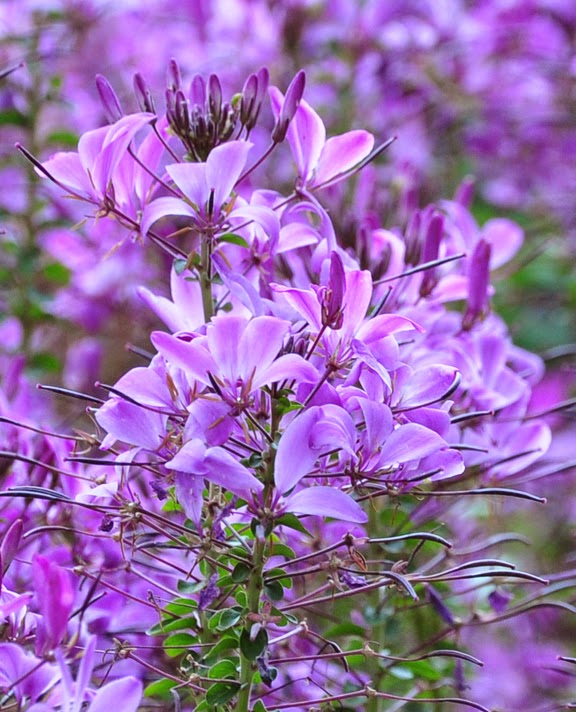








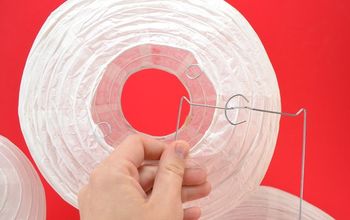
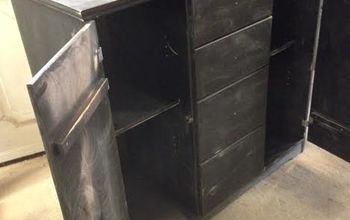








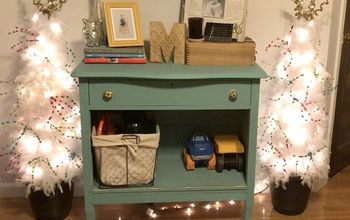
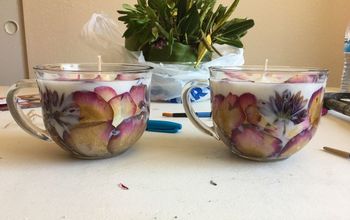
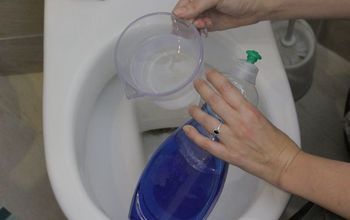

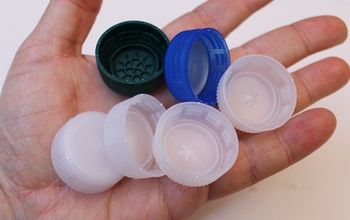

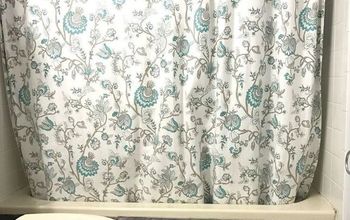

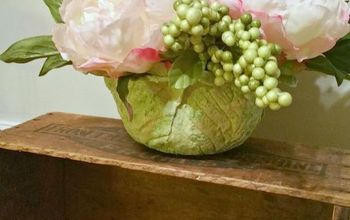




Frequently asked questions
Have a question about this project?